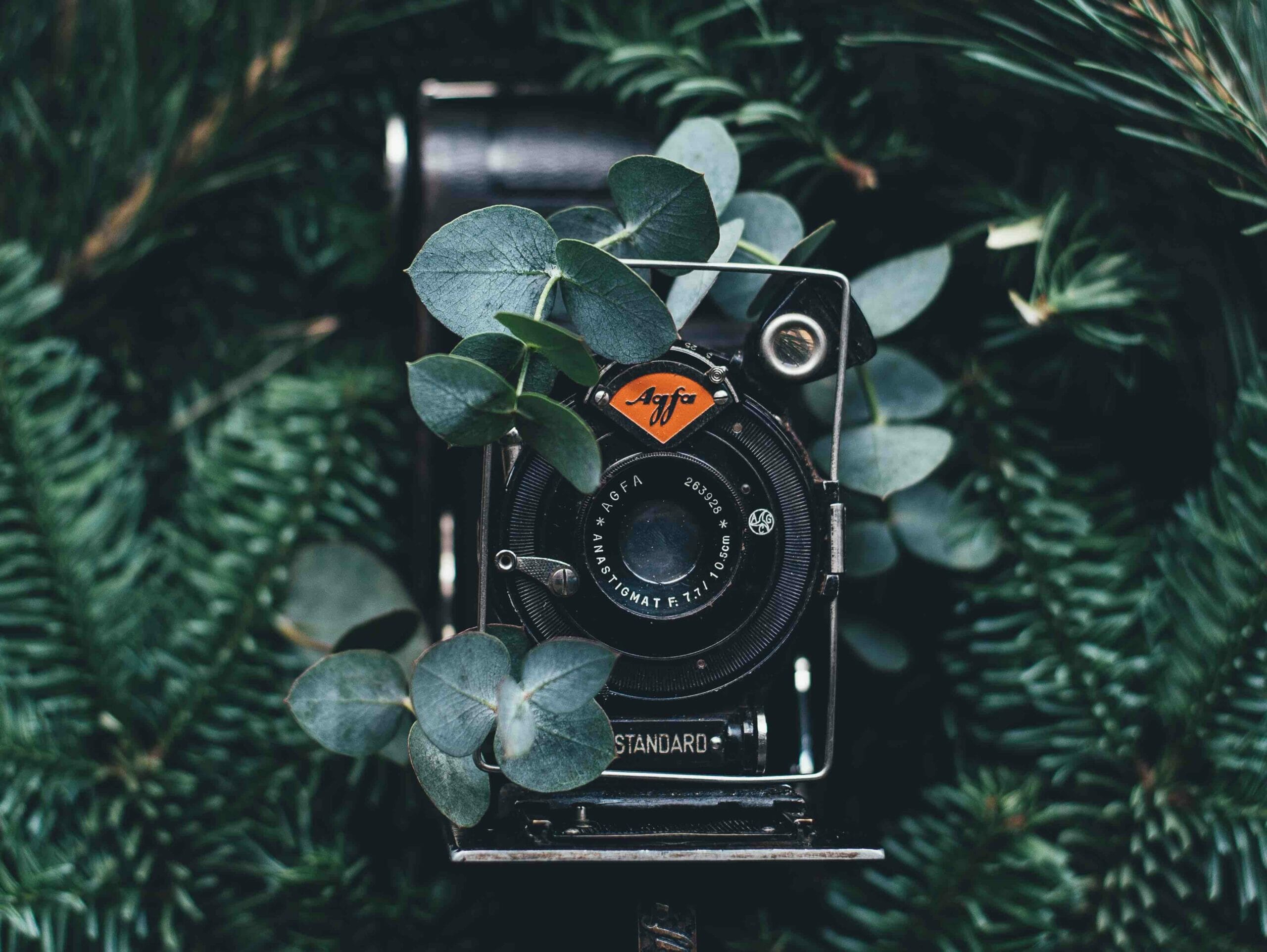With the advent of miniature hidden cameras, you might be wondering what one looks like.
Hidden cameras have certain features in common. These features make them operable as cameras while allowing them to remain hidden, as far as possible. As one might expect, they are typically tiny, wireless, and positioned to conceal their location.
Hidden cameras can be hidden in various objects, such as alarm clocks, clothes hooks, light bulbs, pens, smoke detectors, USB chargers, and even screws. They look like ordinary objects, but with the addition of a concealed camera inside them. There are also pinhole types that are concealed altogether, which rely only on a small hole, such as the borescope lens camera. The tiny lens and CMOS sensors enable hidden camera faces to be as small as 0.6 inches squared.
This article tells you what features to expect in a hidden camera, what kind of objects they are hidden in, and what makes them able to be hidden. The information may help you to know what to look for, to identify one.
Common Features
Hidden cameras typically have the following features in common:
- They are designed so as not to be easily seen or detected
- They are usually positioned to conceal their location
- They are tiny in size
- They are usually wireless
- They usually store data externally (relying on wifi)
Not Easily Visible or Detectable
Hidden cameras are designed so that they cannot be seen easily by people they are used for monitoring, nor easily detected by people looking for them.
Otherwise, they are hidden within other objects to help them not be seen easily, by not standing out. A person might not even think the object contains a hidden camera. They are disguised this way in objects such as:
- Alarm clocks
- Clothes hooks
- Hair dryer mount
- Light bulbs
- Pens
- Smoke detectors
- Sunglasses
- USB chargers
 | 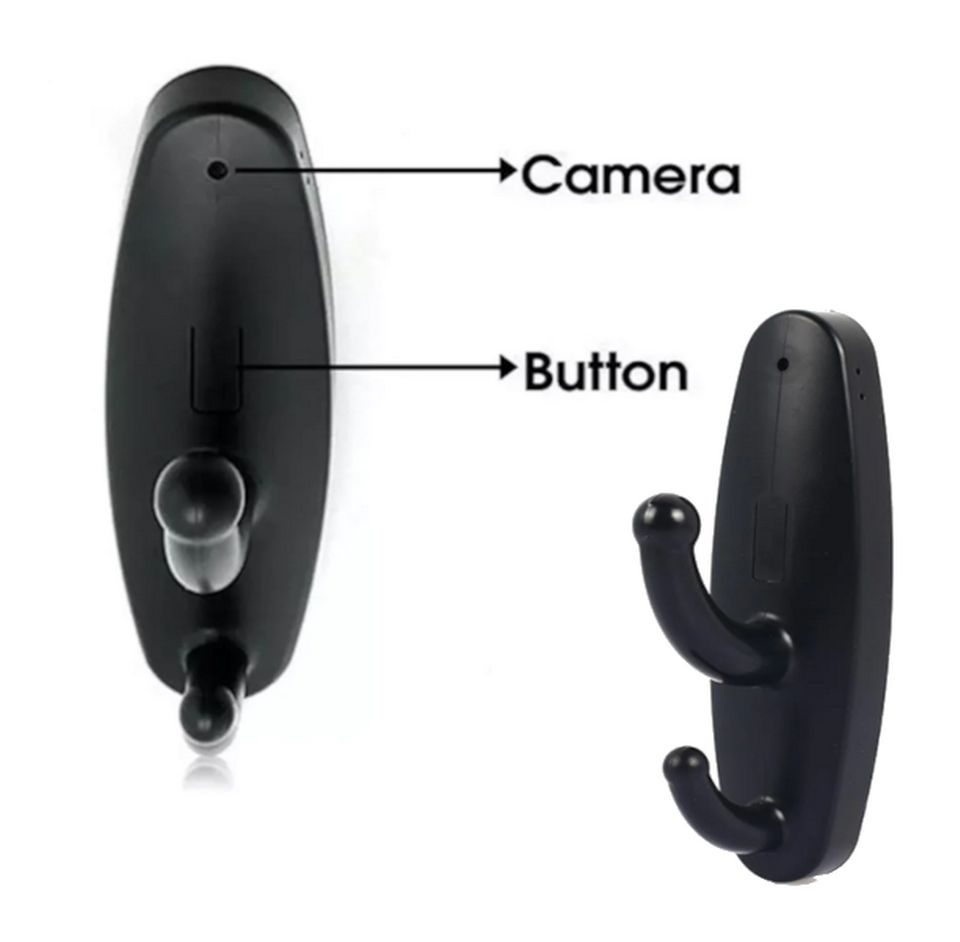 |
| Alarm clock | Clothes hook |
 | 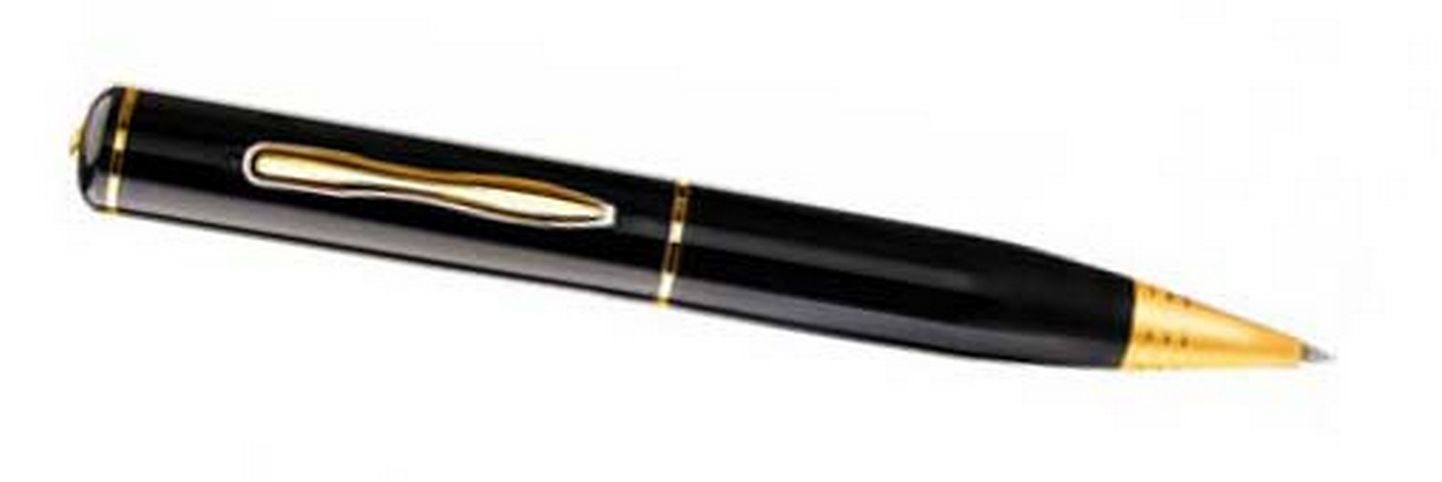 |
| Light bulb | Spy pen |
 | 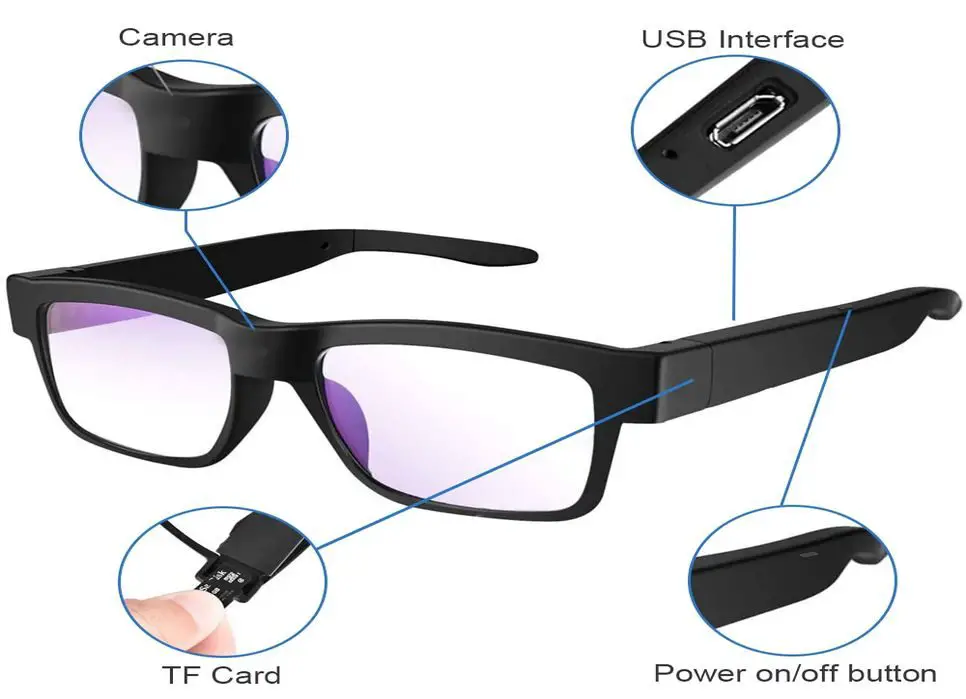 |
| Smoke detector | Sunglasses |
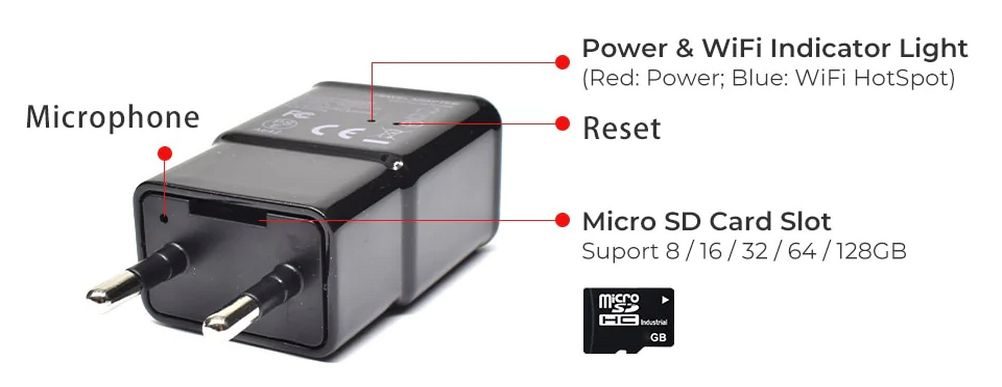 | |
| USB charger |
The above examples show that a hidden camera can literally be encased in any object that allows for a small opening, sufficiently wide for the camera’s lens to see through.
Positioning of Hidden Cameras
Hidden cameras are usually positioned to conceal their location while providing a good view of the target area.
A good example of this is the screw type of hidden camera, i.e., a hidden camera disguised outwardly as an ordinary screw. A person is unlikely to suspect that a screw would be a hidden camera, but inwardly, if one is positioned like in the picture below, it may very well be one. The hidden camera is behind the screw, hidden on the inside of the object where the screw is positioned.
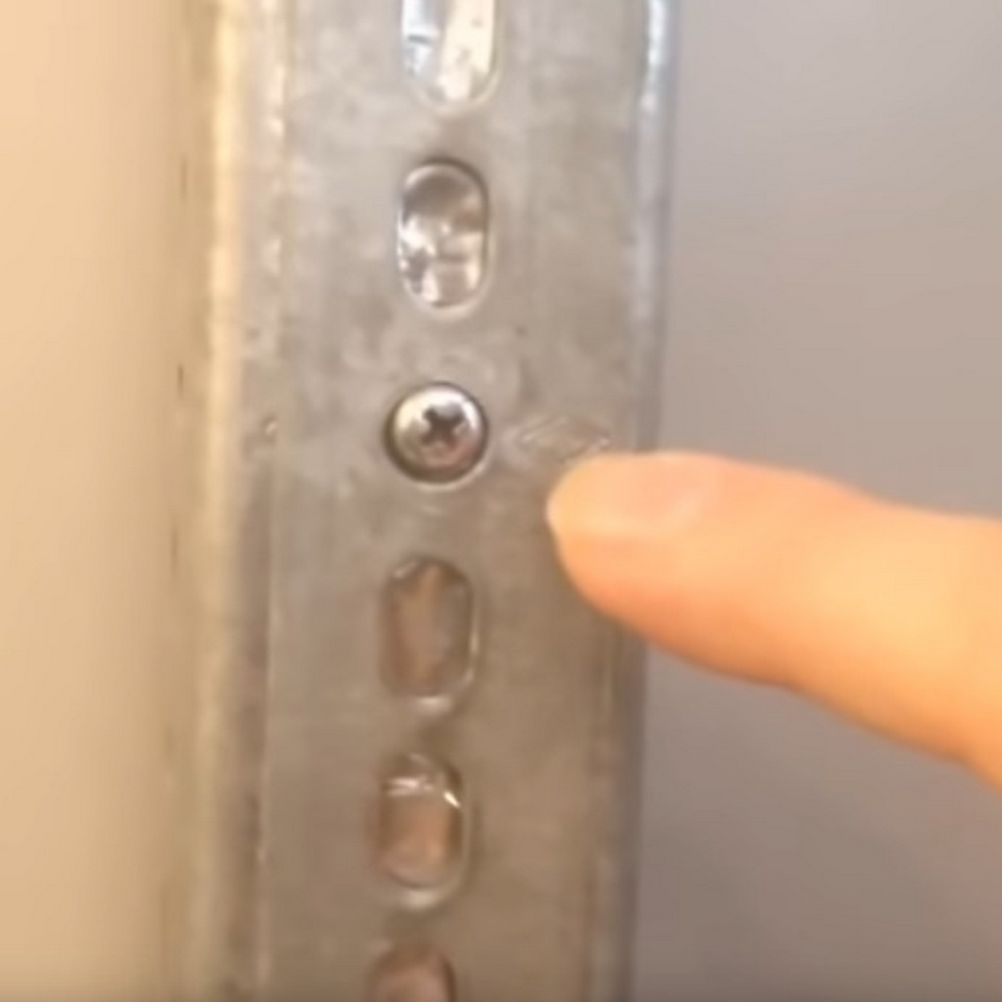 | 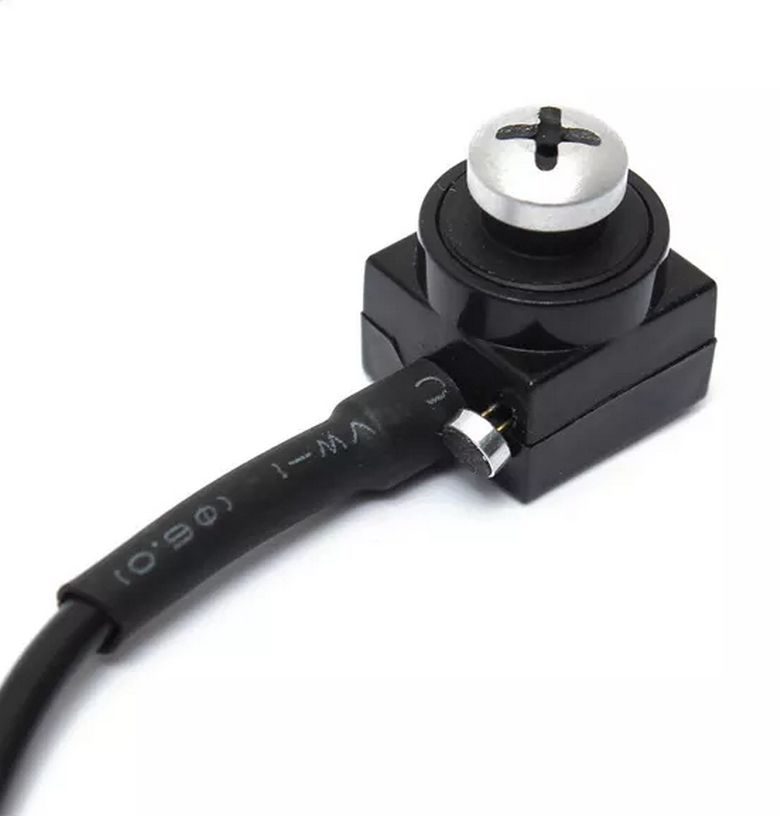 |
| A screw type camera in an unexpected place Video | Spy World Store Shop | A screw-type hidden camera |
If any suspicious object is positioned in a place that provides it with a good view, especially in a bedroom or bathroom, you should inspect it more closely in case it is a hidden camera. Yet more unexpected places where a hidden camera may be positioned include hair dryer mounts and showers, as in the examples below.
 | 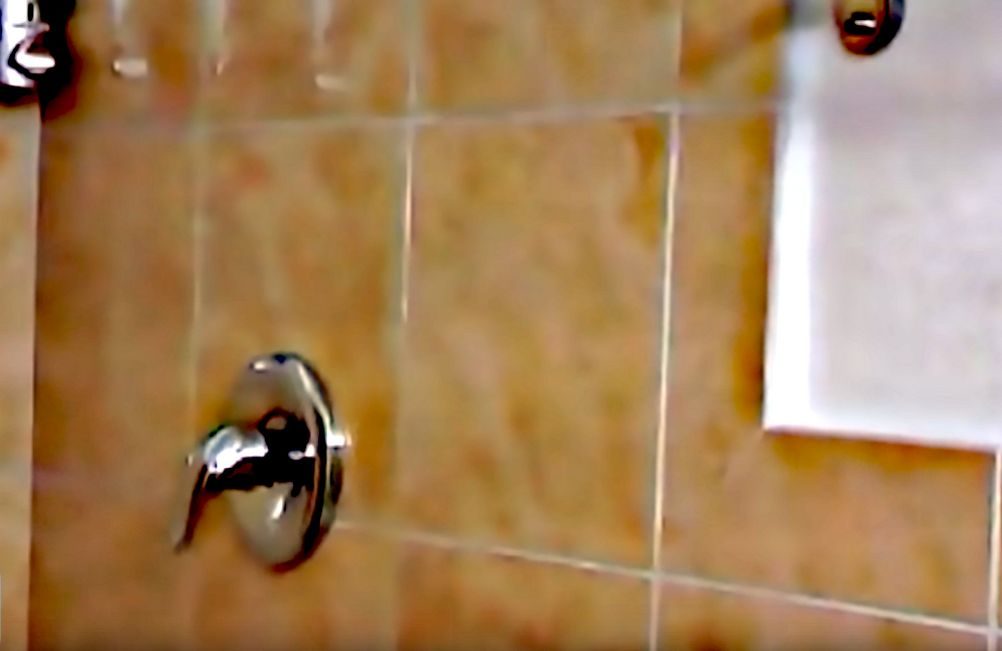 |
| A hidden camera inside a hair dryer mount | A hidden camera in a hotel shower Video | Inside Edition |
This shows that a hidden camera can be positioned anywhere. The only thing one may expect is that it would be in a place that gives it a good view. Even a small hole in the wall may be enough to position a hidden camera, and in this case, allow it to be used without the camera being located inside the room it is viewing.
Tiny Sizes of Hidden Cameras
Hidden cameras are typically tiny in size.
The tiny size makes them harder to be seen. A large camera designed to be hidden would simply be ineffective in remaining hidden.
Wireless Capability of Hidden Cameras
Hidden cameras are usually wireless.
Hidden cameras, though not all, usually store data externally (relying on wifi). The lack of a wire (or wireless capability) helps to keep them out of sight. If they had wires, they would be detectable more easily by someone tracing the wire.
A camera can still serve as a hidden camera even if it is wired, but it would make it less difficult to find, as in the screw type above where the rest of the camera is hidden behind the screw.
External and Local Storage
Hidden cameras usually store data externally by relying on wifi, although some save to local storage instead.
The wifi capability of a hidden camera enables it to save data to an external storage location, to make it inaccessible in case someone finds the camera. But this also makes them vulnerable to detection using an RF scanner, so some wifi-free types save to local storage that can be retrieved by the hidden camera owner.
This type of hidden camera is often found in objects placed on the hidden camera owner, as in the spy pen below.
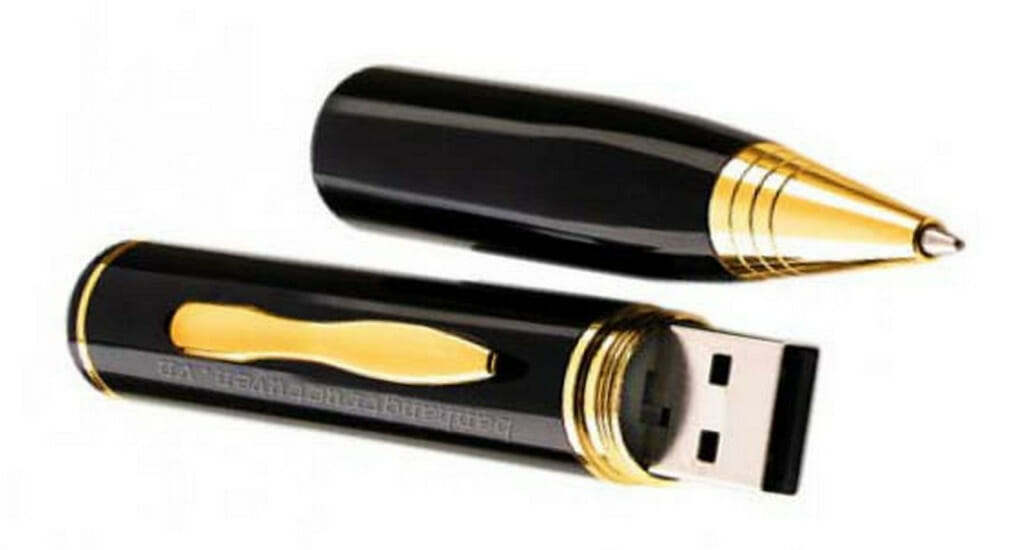
What a Hidden Camera Looks Like
Although a hidden camera may be concealed within another object, the actual hidden camera unit itself is a miniature version of what a basic camera is expected to look like.

A hidden camera has the main part found in all cameras, which is the lens. However, it may or may not also have an iris. Optionally, some also have features, such as the following:
- A pan/tilt mechanism that enables the lens direction to move around
- A zooming capability to enable the lens to change its focus
Pinhole Cameras
Pinhole cameras offer another way to position a hidden camera.
A common thing with all the hidden cameras described previously is that they are hidden inside some object that is present inside the room is viewed. A hidden camera might also be present on a person, hidden, for example, in eyeglasses or a pen, but the person would have to be present inside the room to take a picture or do a recording.
The key advantage of a pinhole camera is that it can be safely placed in an adjacent room, as long as a small hole can be created in the wall that joins the two rooms, or there is a semi-transparent window between them.
Below is a boroscope lens camera that can be used this way. It typically ranges from 12 to 30 inches in length, with a diameter between 1/8 and 3/8 of an inch [Kruegle].
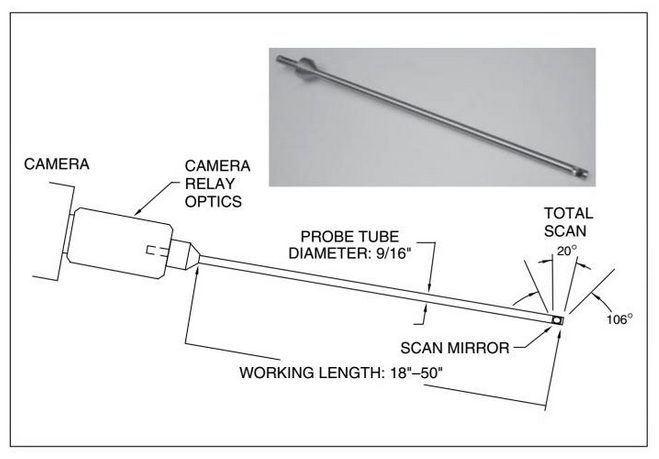
Tiny Lens
Mini-hidden cameras are able to be hidden mainly due to their tiny lens, which allows them to have a small overall size as well.
We highlighted this before, but how tiny are mini cameras?
The lens of a pinhole camera is typically 1/6 to 3/8 of an inch [Kruegle: 446]. The mini-camera shown below measures 0.6 x 0.6 x 1 inch, and it has a 3.7mm lens. It operates on 1.5 watts of power using 12V DC.
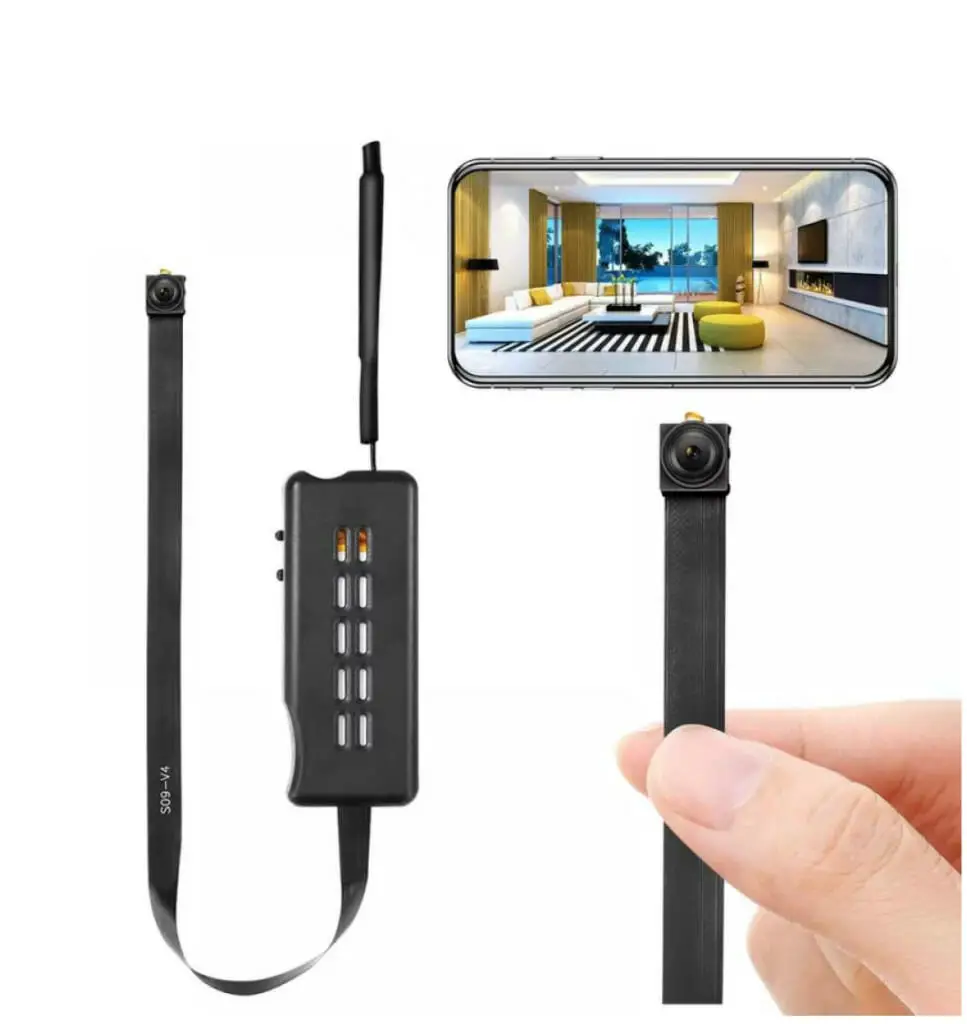
Such a camera does not have enough space for an iris, and can only be used when the lighting conditions are fairly constant. Otherwise, brighter light conditions require an attenuation technique to be used.
CMOS Sensors
Another key component that has enabled mini cameras to be used as hidden cameras is the small size of the CMOS sensors [Kruegle: 462].
They are typically between 1/6 and 1/2 inch. They have generated a family of single and dual PC board-based hidden cameras, like the one shown below.
Tiny CMOS sensors also allow extremely small hidden cameras by having the lens and sensor separate from the camera’s electronics, connected via a small cable, as in the pinhole camera above.
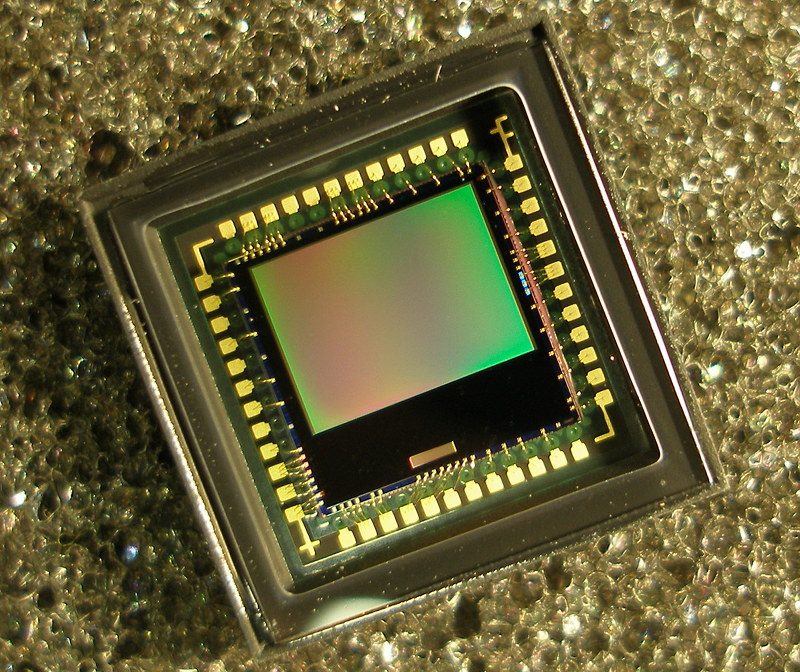 | 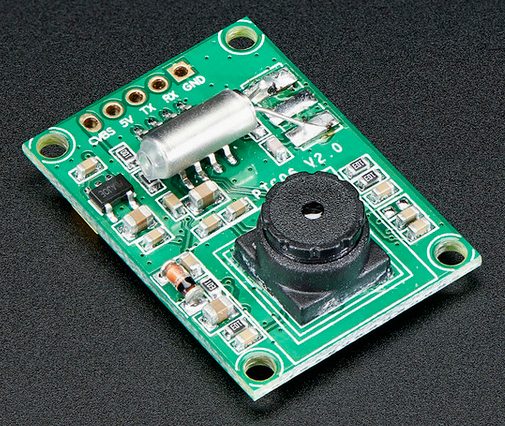 |
| Enlarged view of a CMOS sensor | A PC board-based mini-camera |
Take a look at some of our related articles below.
References
[1] Herman Kruegle. CCTV surveillance: Video practices and technology, p. 462. Elsevier. 2011.
Video References
Inside Edition
SPY WORLD STORE SHOP
